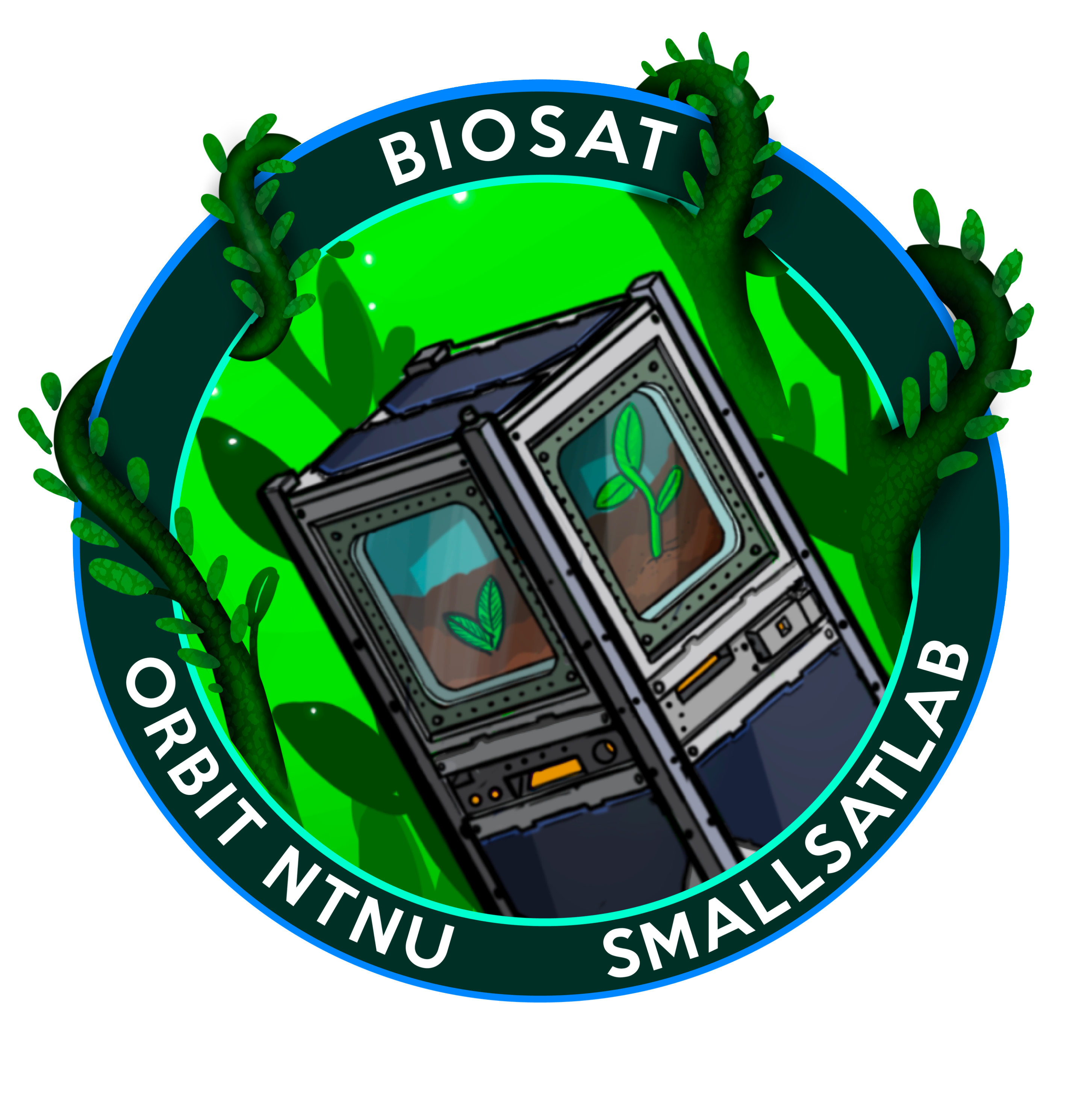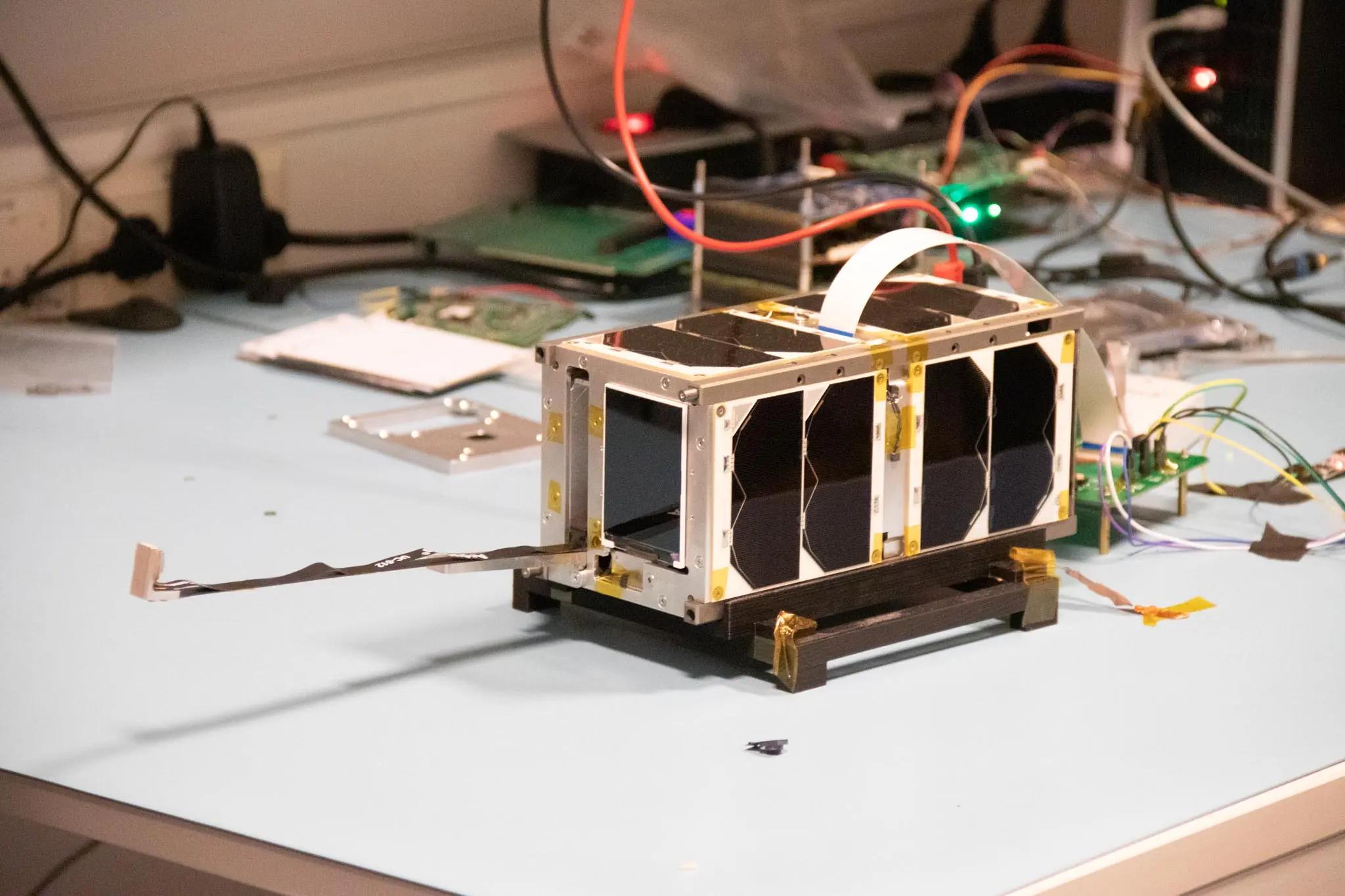
Orbit NTNU
BIOSAT
Bringing a plant to space.
UNTIL LAUNCH
BIOSAT
SPECIFICATIONS

- STATUSPhase C
- Weight4 kg (TBC)
- SIZE10x10x30cm
- ORBIT500 km (TBC)
- PLANTArabidopsis Thaliana
- BANDUHF + S-Band
- LAUNCH VEHICLETBC
- Data
Mission
The inevitable exploration of our solar system is ahead of us. Humankind is ready to embark on the journey to the moon and Mars, and growing our nutrition in space is critical. It is as hard as it is essential, with solar radiation, microgravity, temperature changes, and varying humidity creating a challenging environment for growth. Since Orbit already has proved that it can create, launch and communicate with a satellite in space, we are ready to embark on our next journey towards the stars.


Bringing a plant to space
Our next mission will challenge us in new ways not thought possible, requiring new solutions, and pushing our technology and knowledge far beyond what has been done before. The BioSat Project will develop and construct the necessary systems needed to keep a plant alive in the harshest environment known to humanity.

Sustaining fragile life in space requires a dedicated life support system, advanced thermal control, precise humidity regulation, and several other subsystems which have to be specifically designed for the challenging ‘cubesat’ format. Orbit NTNU has never turned down a challenge, and on our mission to create the best space engineers in the world, we aim to seed life where no student has ever done before. The mission, chosen entirely by our members, will open a new chapter in student satellite history. Join us on our journey to seeding life among the stars, launching in 2026.

Better control, higher bandwith, more power
Building on the experience from the SelfieSat mission, BioSat will feature an SDR / S-Band radio for a faster and more reliable communication link, accommodated by reaction wheels in order to achieve a more accurate attitude determination and pointing system. In addition to this, the satellite will have extendable solar panels in order to deliver the required power to each subsystem, in order to keep the fragile biological entity alive.
